How To Prune Acacias – Tips For Trimming An Acacia Tree
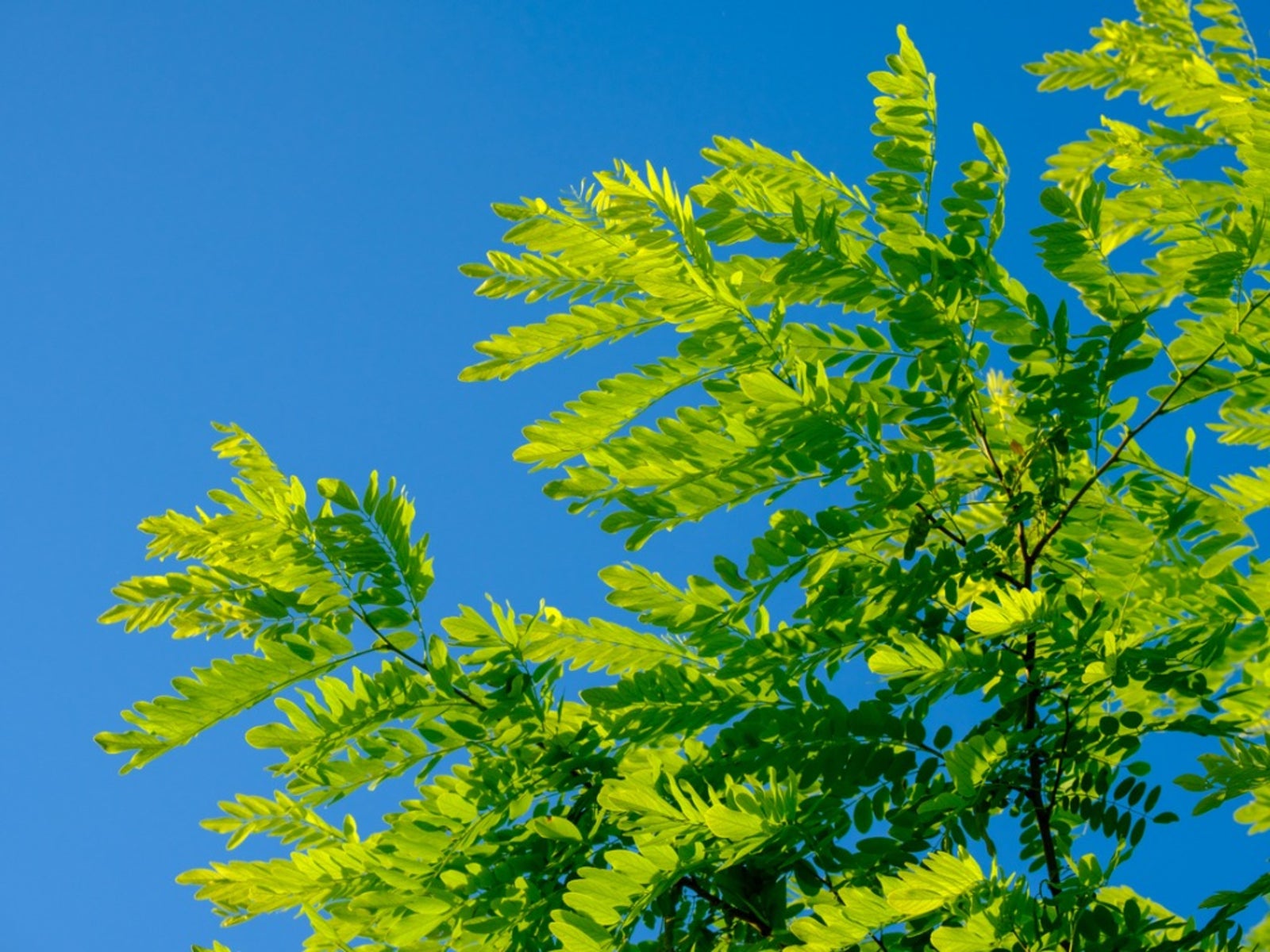

Only bold gardeners are willing to add the thorny acacia to their yards, but those who do are rewarded with a beautiful tree that produces sunny yellow blooms that smell delicious. Acacia is actually very easy to grow, but the thorns can be a problem, especially when it comes to acacia pruning. Keep reading for tips on trimming acacia trees.
Importance of Pruning an Acacia
Growing naturally with no pruning, the acacia tree tends to sprout multiple trunks and wispy branches that droop. If you don’t cut back an acacia and shape it for a single trunk, it will stay fairly small and look more like a large shrub than a tree. With pruning, however, you get a shapelier, single-trunk tree that grows to about 15 to 20 feet (4.5 to 6 m.) tall. It’s up to every gardener to decide if they want an acacia that looks more like a tree or a shrub, but even if you want a multi-trunk, shrubby plant, occasional pruning is important to maintain a pleasing shape. The most important time for pruning is when the tree is still young. As it matures, you won’t have to trim it as often.
How to Prune Acacias
Trimming an acacia is much like trimming any tree, except you have big, scary thorns. Always wear long gloves when working on your acacia. To prune your acacia into a single-trunk tree, begin in the first year, trimming in early spring. In the first year, find the central leader, which will be your trunk. Prune off the side branches from the bottom third and shorten the branches in the middle third. In the second and third year of your young acacia’s life, again remove the shoots from the central leader’s bottom third. Shorten the branches in the middle third, and trim out crossing branches in the upper third. In the next couple of years you can trim off side branches to whatever height you want the main trunk to be, and from here on out, you only need to trim crossing, diseased, or dead branches to maintain health and shape. To trim a young acacia to be shrubby, you want to cut back the central leader early. Next year you should see additional branches coming from the central leader. Choose the best ones and cut back the rest all the way to the trunk. In the following years, trim side branches to shape the shrub around the handful of trunks you chose.
Gardening tips, videos, info and more delivered right to your inbox!
Sign up for the Gardening Know How newsletter today and receive a free copy of our e-book "How to Grow Delicious Tomatoes".

Mary Ellen Ellis has been gardening for over 20 years. With degrees in Chemistry and Biology, Mary Ellen's specialties are flowers, native plants, and herbs.
-
 How To Make A Bouquet Garni Or Herb Bundle For Cooking
How To Make A Bouquet Garni Or Herb Bundle For CookingIf you’re a great cook, you may have made an herb bundle before. If this is a new idea, learn how to add sparkle and interest to your dish with a bouquet garni.
By Amy Grant
-
 ‘Coral Charm’ Peony Care For Sublime Semi-Double Peonies With Lush Salmon Pink Flowers
‘Coral Charm’ Peony Care For Sublime Semi-Double Peonies With Lush Salmon Pink FlowersPeonies are known for their soft baby pink or magenta tones, but if plushy coral blooms are your thing, here’s our guide to the ultimate ‘Coral Charm’ peony care
By Tonya Barnett
-
 Catclaw Acacia Facts: What Is A Catclaw Acacia Tree
Catclaw Acacia Facts: What Is A Catclaw Acacia TreeLooking for a small tree or large shrub that grows primarily along streambanks and washes, and in chaparral? Learn about catclaw acacia here.
By Mary H. Dyer
-
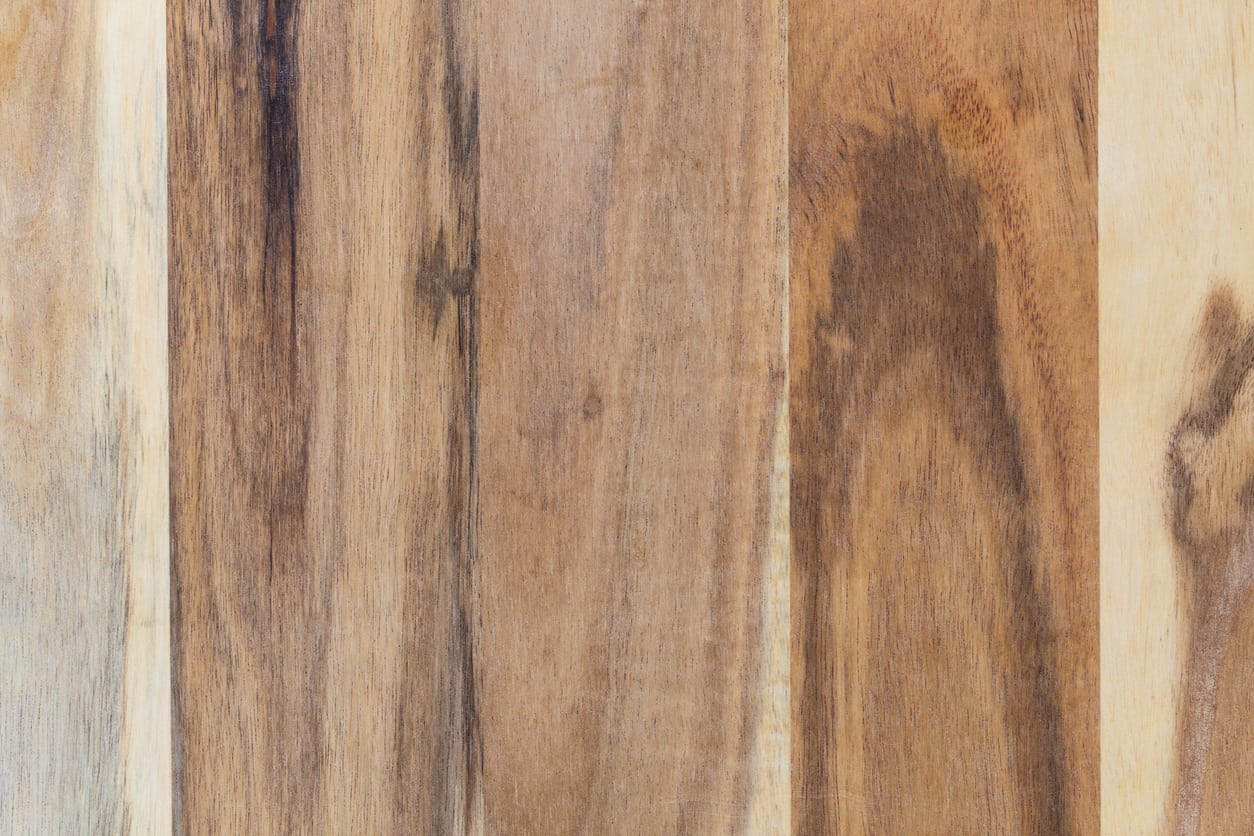 Wood From Acacia Trees: What Is Acacia Wood Used For
Wood From Acacia Trees: What Is Acacia Wood Used ForWood from acacia trees has been used by the Aboriginal people of Australia for centuries and is still in use. What is acacia wood used for? Acacia wood has many uses. The following article contains information on acacia wood uses and more.
By Amy Grant
-
 What Is A Bailey Acacia Tree – Tips For Growing A Bailey Acacia Tree
What Is A Bailey Acacia Tree – Tips For Growing A Bailey Acacia TreeThe Bailey acacia tree produces many pods filled with seed. It is a nitrogen fixing member of the pea family and can help improve soil. Here are some tips on growing a Bailey acacia so you can harness its benefits for your landscape and home.
By Bonnie L. Grant
-
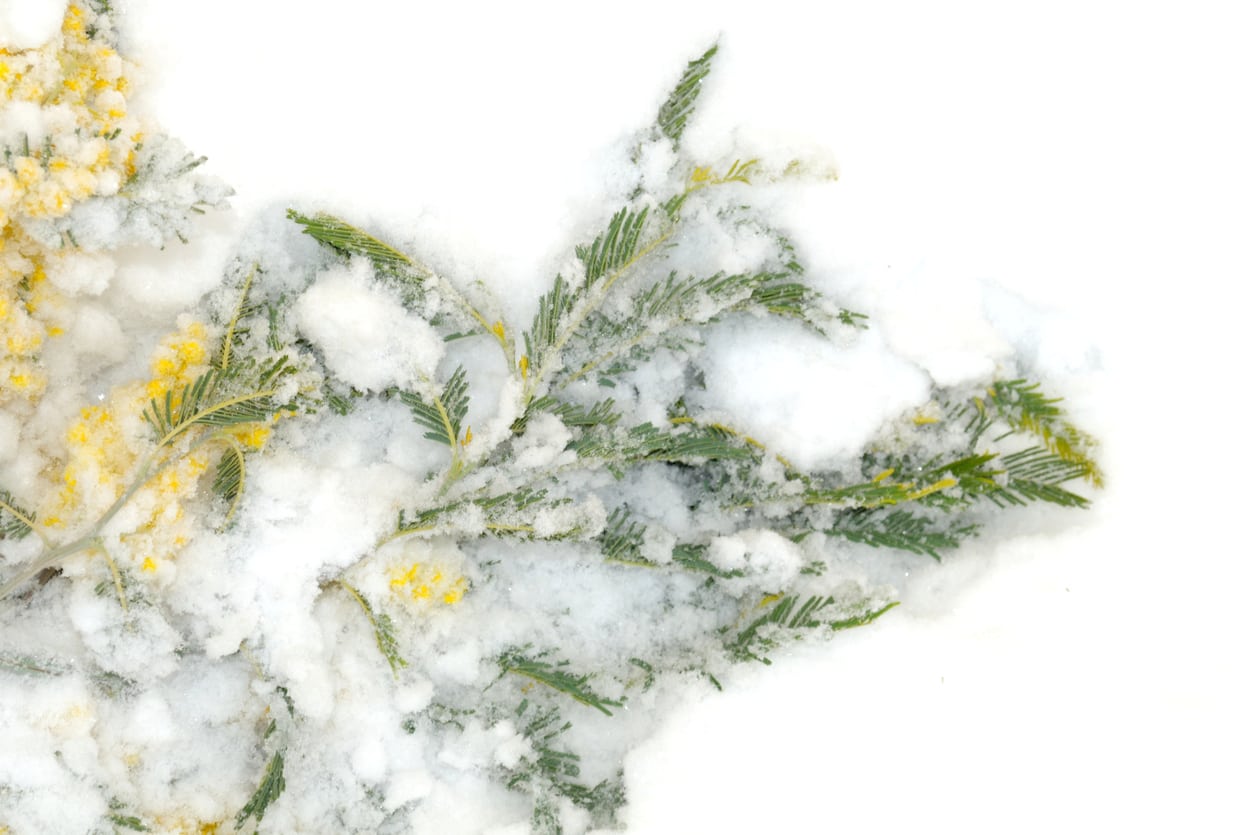 Acacia Winter Care: Can You Grow Acacias In Winter
Acacia Winter Care: Can You Grow Acacias In WinterCan you grow acacias in winter? The answer depends on your growing zone and the type of acacia you hope to grow. Learn more about hardy acacias and cold weather in this article. Click here for additional information.
By Mary H. Dyer
-
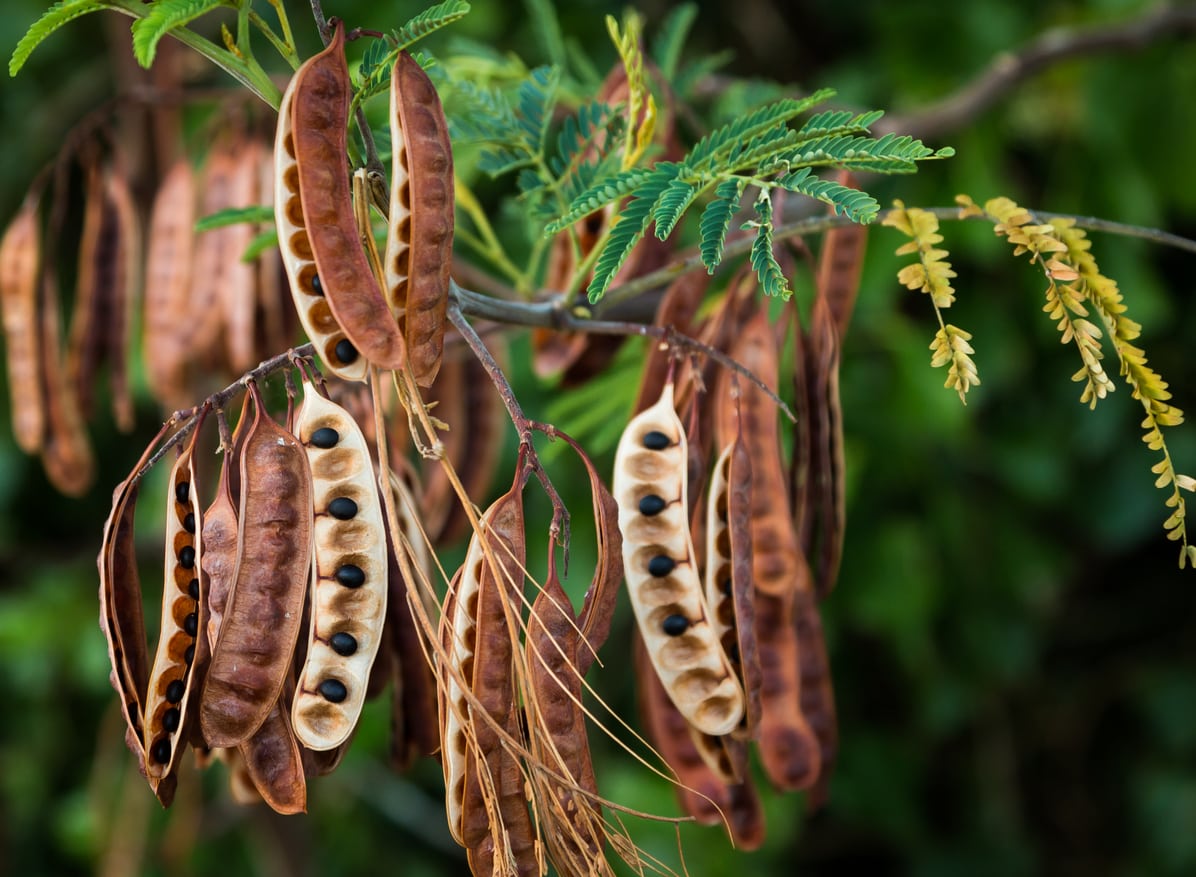 Propagating Acacia Trees – Learn How To Grow New Acacia Trees
Propagating Acacia Trees – Learn How To Grow New Acacia TreesWhile there is a lot of variety within the genus, acacias tend to be attractive, with beautiful yellow or white flowers and, in some cases, impressive thorns. But what do you do if you want more acacias in your life? Click here to learn more about acacia reproduction.
By Liz Baessler
-
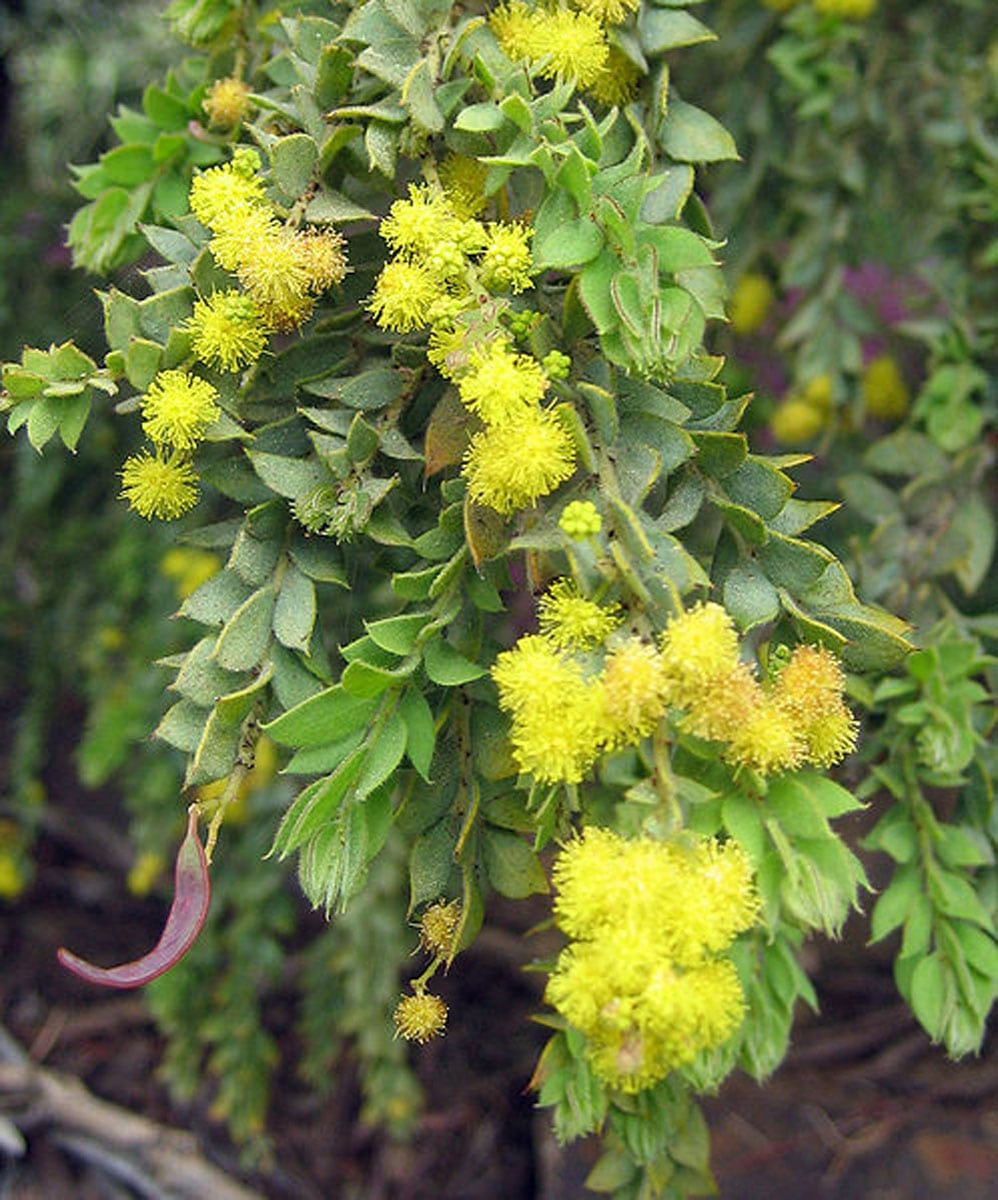 Knifeleaf Tree Care – Learn How To Grow Knifeleaf Acacia Trees
Knifeleaf Tree Care – Learn How To Grow Knifeleaf Acacia TreesAcacias are one of the wonders of the savannah. In Australia, these magnificent plants are called "wattle" and Knifeleaf acacia trees are an outstanding example of native flora. Some background on the tree, found here, will help you decide if the plant is right for your landscape.
By Bonnie L. Grant
-
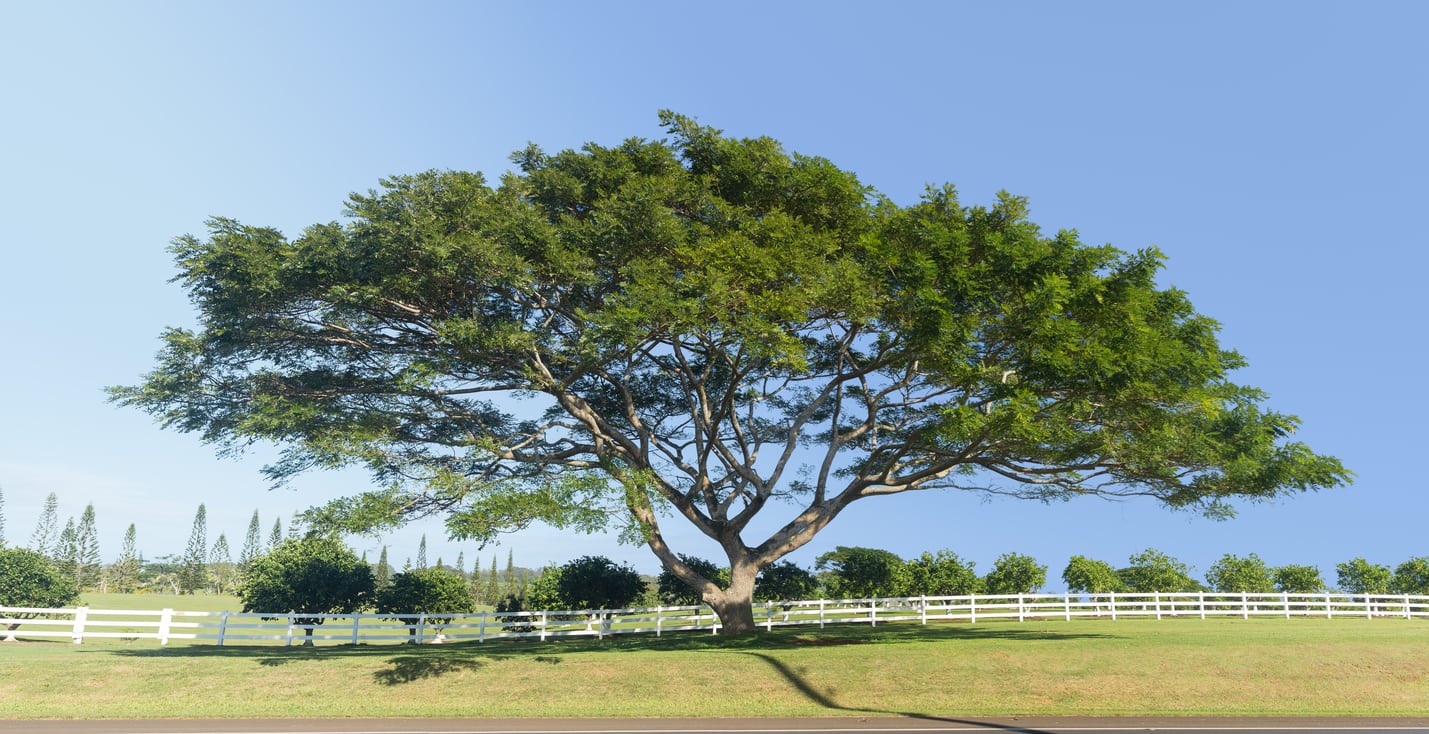 Acacia Koa Information And Care: Where Do Acacia Koa Trees Grow
Acacia Koa Information And Care: Where Do Acacia Koa Trees GrowGrowing a koa tree should only be attempted where the conditions are right, namely those of Hawaii, its native area. These are beautiful shade trees that do best in their natural habitat but can be grown to a shorter lifespan and smaller size. Click here for more info.
By Mary Ellen Ellis
-
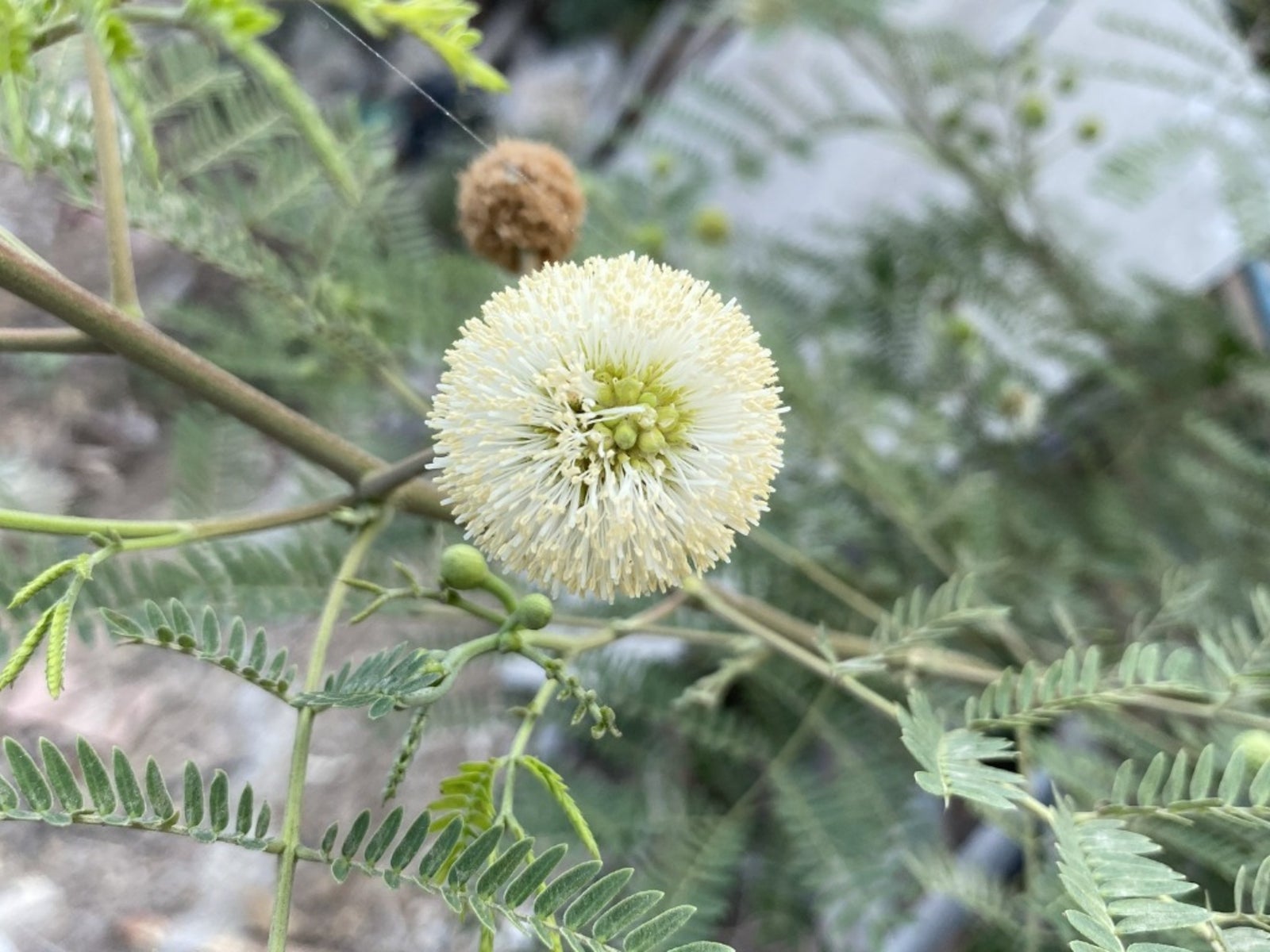 Guajillo Acacia Info – Tips For Growing A Texas Acacia Shrub Or Tree
Guajillo Acacia Info – Tips For Growing A Texas Acacia Shrub Or TreeThe guajillo acacia shrub is drought-tolerant and native to Texas, Arizona, and the rest of the Southwest. It is a great choice in landscapes and gardens for ornamental purposes and to screen areas or attract pollinators. Learn more about it in this article.
By Mary Ellen Ellis